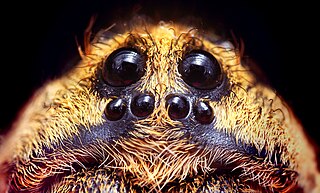September 29, 2012 (10:00 AM - 2:00 PM)
The Drug Enforcement Administration (DEA) has scheduled a way to safely dispose of unwanted, unused prescription medications. At the last event, on April 28, 2012, citizens turned in 276 tons of unwanted or expired medications for safe and proper disposal at the 5,659 take-back sites that were available in all 50 states and U.S. territories. When the results of the four Take-Back Days to date are combined, the DEA and its state, local, and tribal law-enforcement and community partners have removed over 1.5 million pounds (774 tons) of medication from circulation. For more information, see http://www.deadiversion.usdoj.
Prescription drugs are one possible source of intersex, or reproductive endocrine disruption in smallmouth bass (Micropterus dolomieu) in the Potomac River basin.



